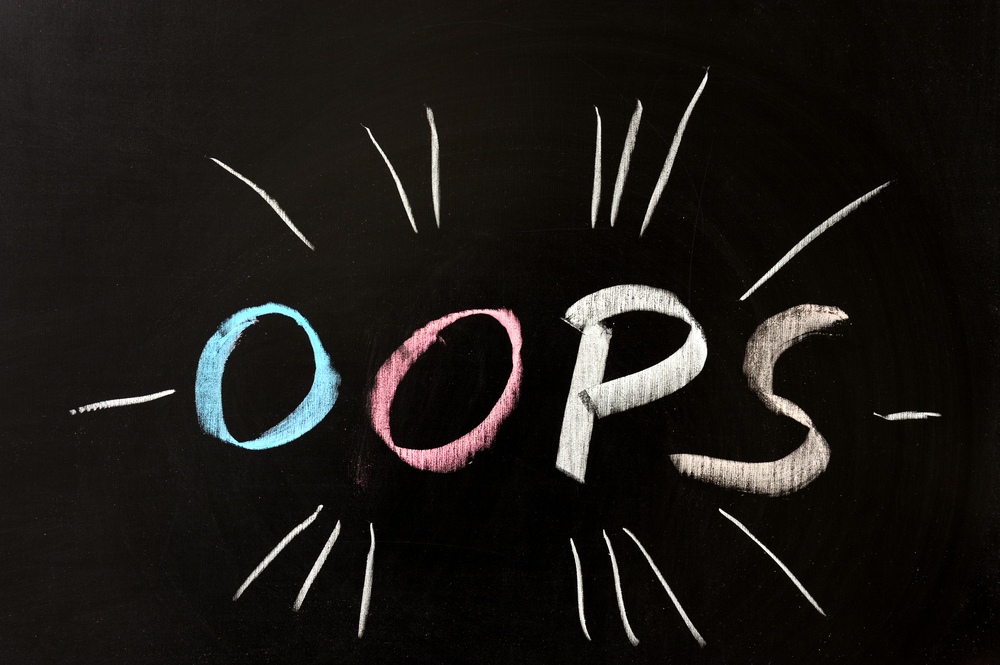The truth about publishing is this: THE AUTHOR WILL PAY FOR IT…NO MATTER WHAT.
If you self-publish, you pay up front to have control in your process. If you publish traditionally, you pay for it through the royalties on the sales of your book. There’s no way around this investment. And sadly, publishers on both sides of the publishing world make mistakes that waste this huge investment by the author.
As you all know, Dara and I (Amy) work for a self publisher in Minneapolis, Minnesota. We work with 70+ authors per year, and our job is to help them avoid making mistakes in the publishing process. Unfortunately, we sometimes get authors who have already published the wrong way–and NOT just in self-publishing! We’ve helped authors re-release books that have been traditionally published (in small presses), just so that they could do it right the second time. Below are the two most common reasons we see that books need to be redone!
1) The publisher was not honest about whether the book needed more editing.
In self-publishing, if authors were lied to about what their books needed in the editing department, it was probably because of the author’s lack of budget. In traditional publishing, it was probably because the publisher didn’t want to pay for another round. We’ve seen both scenarios more than once. Let me tell you, author: You MUST have a publisher you trust to give you the right information about the state of your manuscript. You don’t want to publish a book that doesn’t stand well next to others in the genre. To get this information, I would ask your publisher (and the editor) the following questions: Do you think my book needs any developmental/substantive editing before I go into copyediting? What types of issues do you see are most common in my manuscript? What can I do before the editor gets my manuscript that will help clean it up?
I highly recommend getting two rounds of proofreading/copyediting, especially if you DO need developmental/substantive editing before the book goes to your copyeditor. After developmental/substantive editing, one round of copy editing before typesetting and one after.
2) The publisher did everything in house.
It’s not uncommon for low-budget traditional publishers (are there any traditional publishers who are NOT low-budget nowadays?) to try and save money by doing everything on their own in house. On more than one occasion, we’ve seen authors who have terrible book covers and mediocre editing jobs in their first book, and I’m never surprised to hear, “Well, my editor was also my designer.” Editing and design are two completely different and very specialized skill sets. Unfortunately, it’s rare to have the perfect editor AND perfect designer AND perfect proofreader in one perfect person; I’m not saying that every editor who also has design talent is mediocre at both or either skill. I AM saying that this is a huge red flag for me, simply because of the examples I’ve seen in the past and the training I know is required to be competent in each area. If your publisher is recommending the same person for both of these publishing process (which I find is most often recommended by the person who would be completing both of these processes…), I recommend getting plenty of references for editing and plenty of samples of book designs. Call the editing references, and ask how the response has been to the writing since the book was released. Take the sample books into a bookstore and have the shopkeeper review them. Are the cover designs professional, consistent with the genre, and attractive? Are the interiors easy to read, clean, with plenty of space in the margins and gutter? Do the interiors (fonts, leading, spacing, etc.) look like they were typeset with a bad template, or do they look custom?
Authors: What mistakes have you made in publishing? Was your publisher the cause, or did you get good advice that you didn’t follow? What do you wish you had been told by your publisher before sending your book to print or eBook?


tribalimpact.wordpress.com – You can make adjustment along with bowling line and length.
The structure of the game is very simple – one team bats and tries to score as many runs
as they possibly can. If your aim is to become a fast bowler, then
you should know to deliver different kinds of deliveries like
in swing, out swing, short ball, bouncer and etc.